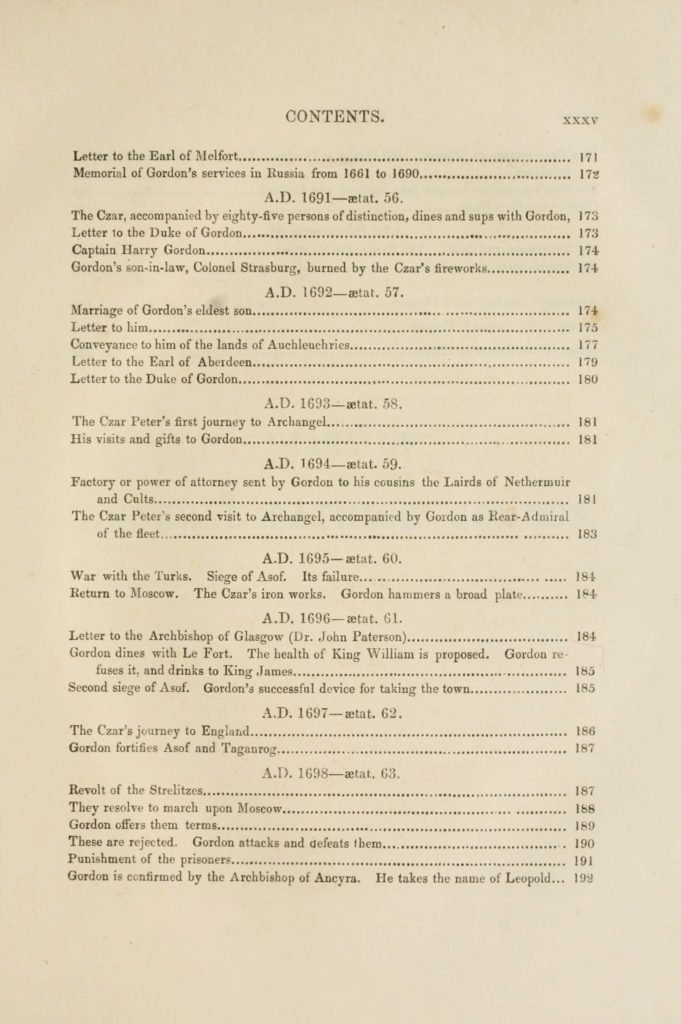
Related
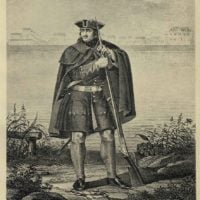
159. FUZELER L.-G. Preobrazhensky regiment, from 1700 to 1720

158. FUZELER L.-G. Preobrazhensky regiment, from 1700 to 1720.
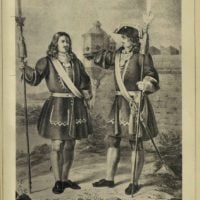
166. OBER-OFFICER and HEAD OFFICER L.-G. Preobrazhensky regiment, from 1700 to 1732.
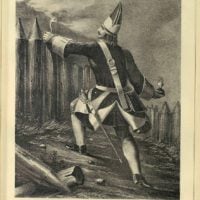
183. GRENADER of the Infantry Regiment, in 1700 to 1732.
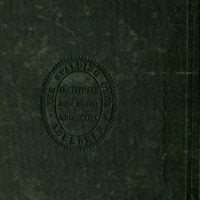
SEAL. Passages from the diary of General Patrick Gordon of Auchleuchries : A.D. 1635-A.D. 1699"
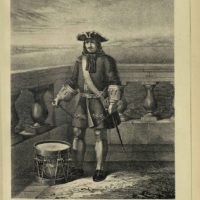
176. Drummer L.-G. Preobrazhensky regiment, from 1700 to 1720-th year.
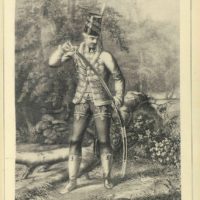
614. OBER-OFFICER of the Georgian Hussar Regiment, from 1763 to 1776.
![1689] DIARY OF PATRICK GORDON. 165 memory, the younger Czar](https://cdn2.picryl.com/thumbnail/1699/12/31/1689-diary-of-patrick-gordon-165-memory-the-younger-czar-b525cd-200.jpeg)
1689] DIARY OF PATRICK GORDON. 165 memory, the younger Czar

Begrafenis plegtigheid van wijlen H.M. de koningin weduwe der Nederlanden grootvorstinne van Rusland. 17 Maart 1865
CONTENTS. XXXV Letter to the Earl of Melfort 171 Memorial of Gordon's services in Bussia from 1661 to 1690
Summary
Passages from the diary of General Patrick Gordon of Auchleuchries : A.D. 1635-A.D. 1699"
CONTENTS. XXXV
Letter to the Earl of Melfort 171
Memorial of Gordon's services in Bussia from 1661 to 1690 172
A.D. 1691— aetat. 56.
The Czar, accompanied bj-^ eighty-five persons of distinction, dines and sups with Gordon, 1 73
Letter to the Duke of Gordon 173
Captain Harry Gordon 174
Gordon's son-in-law, Colonel Strasburg, burned by the Czar's fireworks 17+
A.D. 1692— aetat. 57.
Marriage of Gordon's eldest son 17-t
Letter to him 175
Conveyance to him of the lands of Auchleuchries 177
Letter to the Earl of Aberdeen 179
Letter to the Duke of Gordon 180
A.D. 1693— aetat. 58.
The Czar Peter's first journey to Archangel 181
His visits and gifts to Gordon 181
A.D. 1694— aetat. 59.
Factory or power of attorney sent by Gordon to his cousins the Lairds of Nethcrmuir
and Cults 181
The Czar Peter's second visit to Archangel, accompanied by Gordon as Rear-Admiral
of the fleet 183
A.D. 1695— aetat. 60.
War with the Turks. SiegeofAsof. Its failure... 181
Return to Moscow. The Czar's iron works. Gordon hammers a broad plate 18+
A.D. 1696— aetat. 61.
Letter to the Archbishop of Glasgow (Dr. John Paterson) 184
Gordon dines with Le Fort. The health of King William is proposed. Gordon re-
fuses it. and drinks to King James 18a
Second siege of xisof. Gordon's successful device for taking the town 183
A.D. 1697— aetat. 62.
The Czar's journey to England 186
Gordon fortifies Asof and Taganrog 187
A.D. 1698— eetat. 63.
Revolt of the Strclitzcs 187
They resolve to march upon Moscow 188
Gordon offers them terms 189
These are rejected. Gordon attacks and defeats them . 190
Punishment of the prisoners 191
Gordon is confirmed by the Archbishop of Ancyra. He takes the name of Leopold... 192
Gordon was brought up and remained a lifelong Roman Catholic, at a time when the Church was being persecuted in Scotland. At age of fifteen, he entered the Jesuit college at Braunsberg, East Prussia, then part of Poland. In 1661, after many years experiences as a soldier of fortune, he joined the Russian army under Tsar Aleksei I, and in 1665 was sent on a special mission to England. After his return, he distinguished himself in several wars against the Turks and Tatars in southern Russia. In recognition of his service he was promoted to major-general in 1678, was appointed to the high command at Kiev in 1679, and in 1683 was made lieutenant-general. In 1687 and 1689 he took part in expeditions against the Tatars in the Crimea, being made a full general. Later in 1689, a revolution broke out in Moscow, and with the troops under his command, Gordon virtually decided events in favor of Peter the Great against the Regent, Tsarevna Sophia Alekseyevna. Consequently, he was for the remainder of his life in high favor with the Tsar, who confided to him the command of his capital during his absence from Russia. In 1696, Gordon's design of a "moveable rampart" played a key role in helping the Russians take Azov. One of Gordon's convinced the Tsars to establish the first Roman Catholic church and school in Muscovy, of which he remained the main benefactor and headed the Catholic community in Russia until his death. For his services his second son James, brigadier of the Russian army, was created Count of the Holy Roman Empire in 1701. At the end of his life the Tsar, who had visited Gordon frequently during his illness, was with him when he died, and with his own hands closed his eyes. General Gordon left behind him a uniquely detailed diary of his life and times, written in English. This is preserved in manuscript in the Russian State Military Archive in Moscow. Passages from the Diary of General Patrick Gordon of Auchleuchries (1635–1699) was printed, under the editorship of Joseph Robertson, for the Spalding Club, at Aberdeen, Scotland, 1859.
